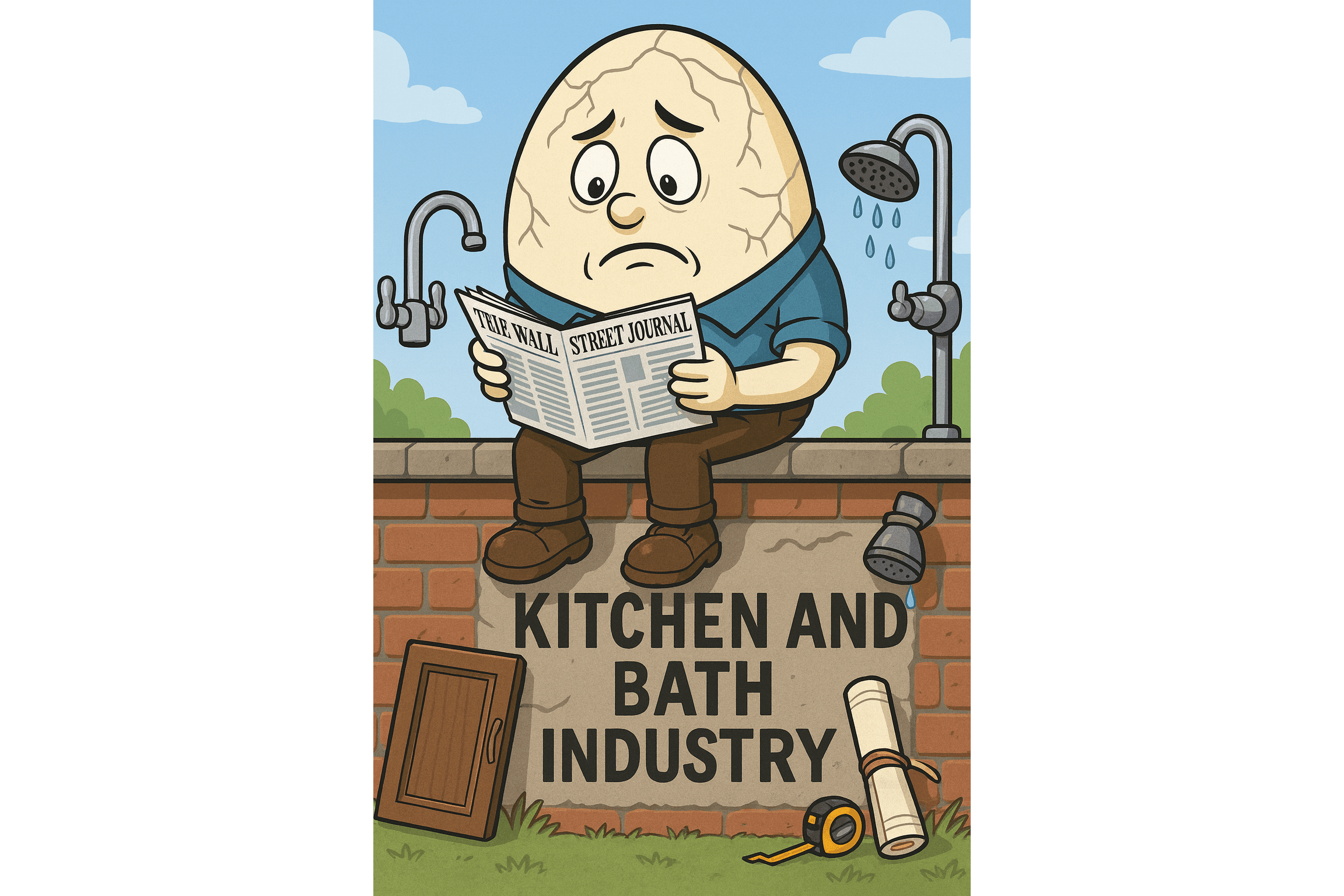
Integrating Kitchen Software with Industry-Leading Tools
AI SaaS
Feb 20, 2025
In today’s fast-paced culinary world, integrating kitchen software with industry-leading tools can make a significant difference in efficiency and creativity. This blog will explore the ways you can harness technology to streamline operations and enhance your culinary experience. From inventory management to recipe scaling, let’s dive into how these integrations can benefit your kitchen.
Understanding the Importance of Kitchen Software
Kitchen software plays a vital role in today’s culinary landscape, offering features that enhance productivity and organization. In a world where every second counts, efficient software can be the difference between a successful meal service and a chaotic one. It’s not just about recipes; it’s about creating a well-oiled machine that lets chefs focus on their passion—cooking.
The importance of kitchen software cannot be overstated. With the right tools in place, kitchens can optimize their operations and respond swiftly to changing customer demands. For instance, real-time inventory tracking means chefs can know exactly what ingredients are on hand, leading to less wastage and smarter purchasing decisions.
Furthermore, kitchen software fosters innovation. By streamlining tedious tasks, it allows culinary professionals to dedicate more time to creating unique dishes and experimenting with new flavors. Integration with industry tools opens doors to new possibilities, showcasing how technology can enhance traditional cooking practices.
Key Features of Effective Kitchen Software
To maximize effectiveness, kitchen software should include inventory management, recipe management, and staff scheduling tools. These features work together to create a cohesive system that addresses the various needs of a kitchen. Effective inventory management should allow chefs to easily track ingredient levels, receive alerts when stock is low, and generate purchase orders, keeping the kitchen fully stocked without overspending.
Recipe management is another critical feature. Imagine having a digital cookbook at your fingertips, complete with photos, portion sizes, and ingredient lists. You can modify recipes on the fly, automatically adjusting ingredient quantities based on customer demand. This capability can help reduce food waste significantly while ensuring every dish maintains its quality and taste.
Moreover, the inclusion of staff scheduling tools can streamline communication and resource allocation. It becomes simpler to manage shifts, track hours worked, and ensure you have the right amount of staff during peak times. This not only improves efficiency but also boosts morale, as employees feel valued when their time is respected and accounted for.
Top Industry-Leading Tools to Integrate
There are several industry-leading tools available that seamlessly integrate with kitchen software. Discovering possibilities like POS systems, online ordering platforms, and inventory management tools can elevate your kitchen operations. These integrations allow for smooth data transfer and reduce the time spent on manual entries, ultimately enhancing accuracy.
One standout tool to consider is a robust POS system. These systems not only facilitate transactions but can also provide insights into customer preferences and sales trends. Coupling this data with your kitchen software means you can create menus that resonate with your audience, helping your establishment thrive.
Online ordering platforms are also a game-changer. In today’s digital age, customers increasingly want to order food online. Integrating such tools with your kitchen software ensures that orders flow directly into the kitchen without delays or errors, allowing chefs to prepare meals promptly and keep customers satisfied.
Benefits of Integration for Culinary Teams
Integrating kitchen software with leading tools improves communication, reduces errors, and fosters collaboration among team members. With a unified system where all data is accessible in one place, chefs can collaborate effectively, ensuring that everyone is on the same page. This openness leads to better teamwork and ultimately, a more harmonious kitchen environment.
We’ll look at real-world examples of these benefits. For instance, a restaurant that has integrated its kitchen software with a cloud-based inventory tool can avoid the common pitfalls of mismanaged stock levels. By automating stock alerts, the team can focus on cooking rather than constantly checking inventory, significantly reducing stress and enhancing focus on culinary creativity.
Additionally, reducing errors is a significant benefit of integration. When each tool is connected, the risk of miscommunication is minimized. Orders can be processed accurately from the moment a customer places it, leading to fewer mix-ups and a better customer experience. As a result, feedback can improve, and your restaurant’s reputation grows.
Steps to Successfully Implement Kitchen Software
Implementing new software can be daunting. A clear plan helps ease transitions, ensuring that every team member is on board and understands the new system. Start by assessing the kitchen’s specific needs and identifying the tools that provide the best fit. Engaging your staff in this process can lead to valuable insights and foster a sense of ownership.
Next, create a step-by-step guide for the implementation process, detailing how to train staff and integrate the new system into day-to-day operations. This guide should include timelines to keep the process on track. Clarifying roles and responsibilities during this stage can also ensure accountability and commitment from everyone involved.
Finally, after implementation, monitor the system closely and solicit feedback from your team. Fine-tuning processes based on real-time workflow will help root out inefficiencies and empower the staff to work smarter, not harder. Continuous improvement can transform your kitchen into a technology-forward powerhouse of culinary excellence.
Future Trends in Kitchen Technology
As technology evolves, so do the possibilities for kitchens. Let’s explore upcoming trends and innovations in kitchen software that chefs should keep an eye on. One significant trend is the rise of artificial intelligence in culinary operations, which can analyze sales patterns and suggest menu adjustments based on seasonal ingredients and customer preferences.
Another exciting development is the increase in kitchen automation. From robotic cooking assistants to automated inventory systems, these innovations promise to reshape the culinary landscape, allowing chefs to focus on creativity while cutting down on mundane tasks. However, it’s essential to find a balance, ensuring that technology enhances rather than replaces the human touch inherent in cooking.
Lastly, the push for sustainability will drive future kitchen software innovations. As more restaurants commit to environmentally friendly practices, software that tracks waste reduction and carbon footprints will become essential. Integration with sustainability-focused tools can help kitchens operate ethically while also appealing to a growing demographic of eco-conscious consumers.
Final Thoughts on Kitchen Software Integration
Integrating kitchen software with industry-leading tools not only simplifies operations but also elevates the overall quality of your culinary endeavors. By adopting the right technology, you empower your team to focus on what they do best—creating exquisite dishes and delivering exceptional service. Start exploring the possibilities today for a more efficient, creative kitchen.



